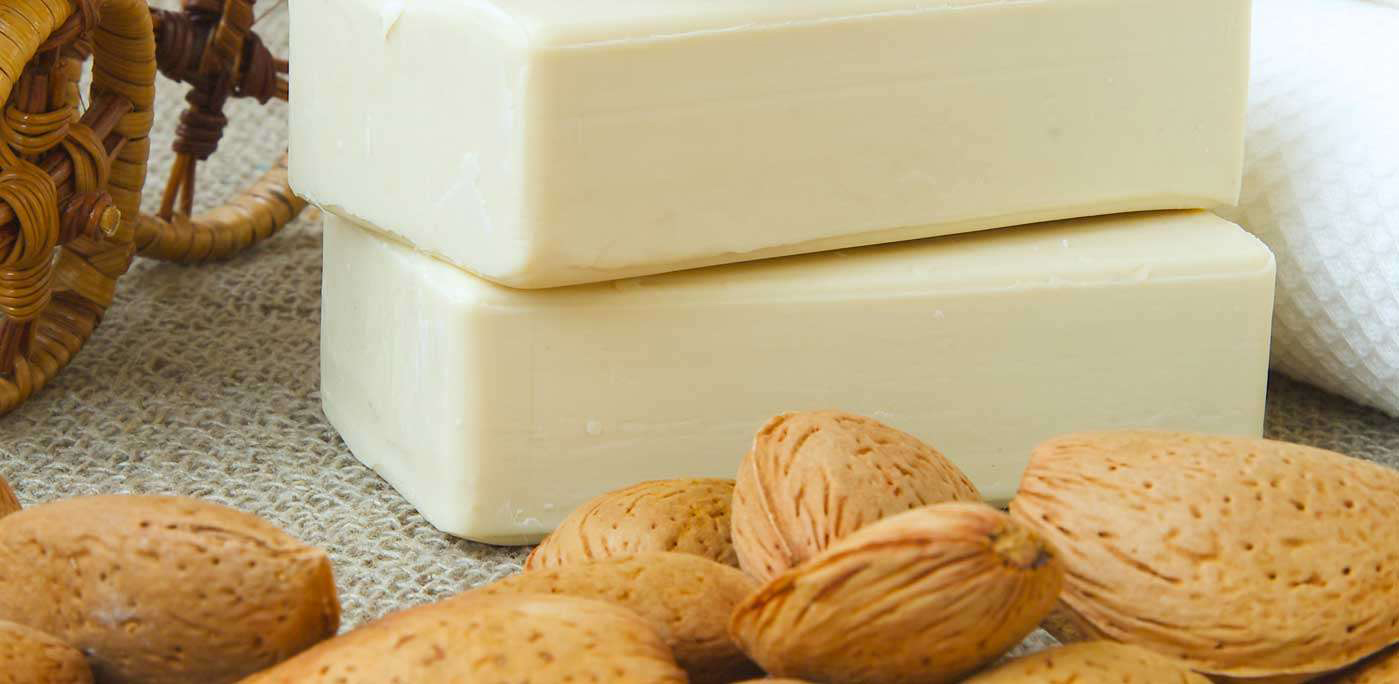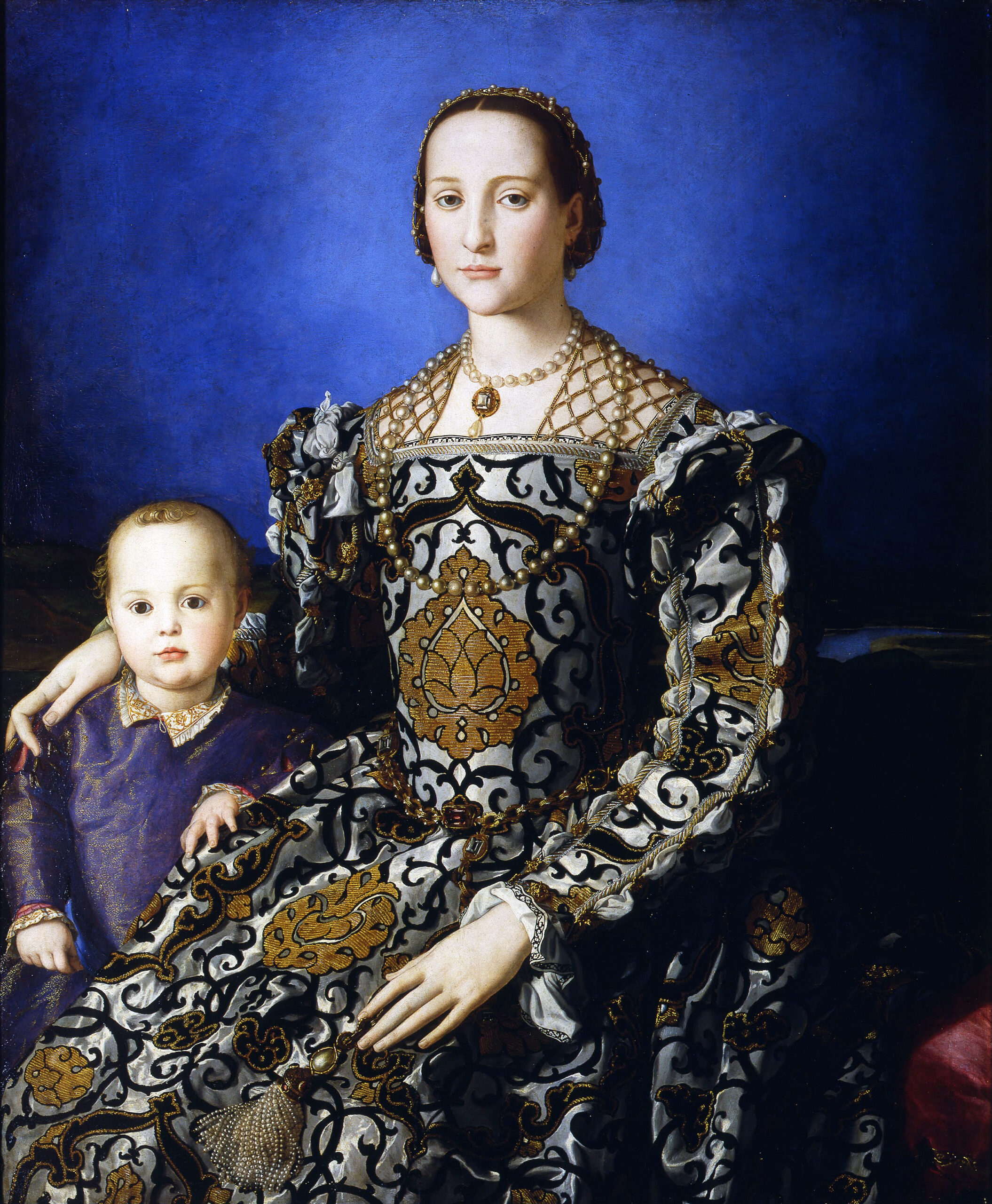When looking at the history of villages in Italy, a common thread that runs through the centuries is the time-honored tradition of washday. Running water for many contadini in small villages throughout Italy was merely a dream until the 1950s. For those who did have running water in their homes, the cost of owning a washing machine was almost unthinkable until the 1970s.
Considering the size of a family, laundry was a very daunting task for Italian women. They would save large, heavy garments to be washed in the springtime. This was when the rivers and wash basins flowed rapidly, due to the spring thaw. In the summer months, many areas, especially in the south, received little rain. This meant that dirty laundry piled up and had to be stored in a separate room in the house until the rivers began to flow freely once again.
One method of doing laundry was to use a bigoncio – a large tub on a pedestal traditionally made from chestnut wood. The laundry would be layered with the smallest items of clothing at the bottom and the largest at the top, until the tub was full.
The bigoncio was then covered with a large cloth with lisciva di cenere – lye ash placed on the cloth. Gallons of boiling water were slowly poured over the tightly compacted pile of laundry, passing through each layer until finally draining through a small hole (buco) at the bottom of the tub. This was the derivation of the Italian term bucato, meaning laundry. The dirty water that oozed out came to be known as sugo di lenzuola – sauce of sheets or linen sauce.
Delicates were washed separately in a two-step process. First, they were dipped in a mixture of water, flour and lemon juice. They were then boiled in water with soap shavings and stirred with a big wooden stick. Once the laundry had been washed, it was painstakingly transported to the public wash basin or to the river. This is where it was thoroughly rinsed before it could be rung out and hung to dry.
Soap Making in Italy
Soap making in Italy has always been a tradition among the contadini. It was passed down from generation to generation. Soap production was an annual ritual and brought the village women together. It usually took place on the day following the pig slaughter, since pig fat was the main ingredient. In old Italian films and photographs, you can see groups of women gathered by the river or at the communal wash basin scrubbing their clothes on a large yellowish block of soap. This was quite a demanding task, but there was also the social element to it. It was the perfect time to catch up on the village gossip.
The process began with an outdoor fire that was made using oak and olive tree wood. It was then topped off with an enormous caldron called a callà. The cauldron was filled with a large quantity of lard, used olive oil and sodium carbonate, which often came in the form of potash.
Potash is a perfect example of how nothing went to waste. It was often made by burning the green skin of almonds, known as mallo. Besides being used to make soap, potash was used to fertilize fields and to protect trees from parasites. It was also used to produce hard glass, pottery and enamels.
These ingredients were boiled for hours until they were rendered to the proper consistency to form the soap. The mixture was then molded into blocks and distributed throughout the village in proportion to the amount of fat contributed to the production.
The ashes were also used to produce lisciva di cenere. Lye was widely used in Italy up to the mid-20th century. The potassium and sodium carbonate in the ash have a substantial degreasing power. First the ashes were filtered through a cloth and then mixed with boiling water – one part ash to five parts water. This would be boiled for about two hours and then used to wash the clothing
The ancient craft of the saponaro (soap maker) would also make soap using olive oil without animal fat. Here is a recipe from the turn of the 20th century, but its origins are far older. To make soap, use 1 liter of olive oil, 2 liters of water, 250 grams of soda, 100 grams of flour, plus the essence of lemon, lavender, rosemary or laurel. Dissolve the soda in 500 ml of boiling water. Add the flour to the remaining water, stirring for 20 minutes with a wooden spoon. After 15 minutes, add the olive oil little by little, then keep on stirring for an extra 10 minutes. After this, add the dissolved soda and stir again for another 10 minutes. Finally, add the essence of choice and allow the mixture to cool. The soap in this form would be left to rest for a few months in an enameled pottery container.
So, the next time you are tempted to complain about having to do the laundry, think back to how much effort it took in the not-so-distant past.





